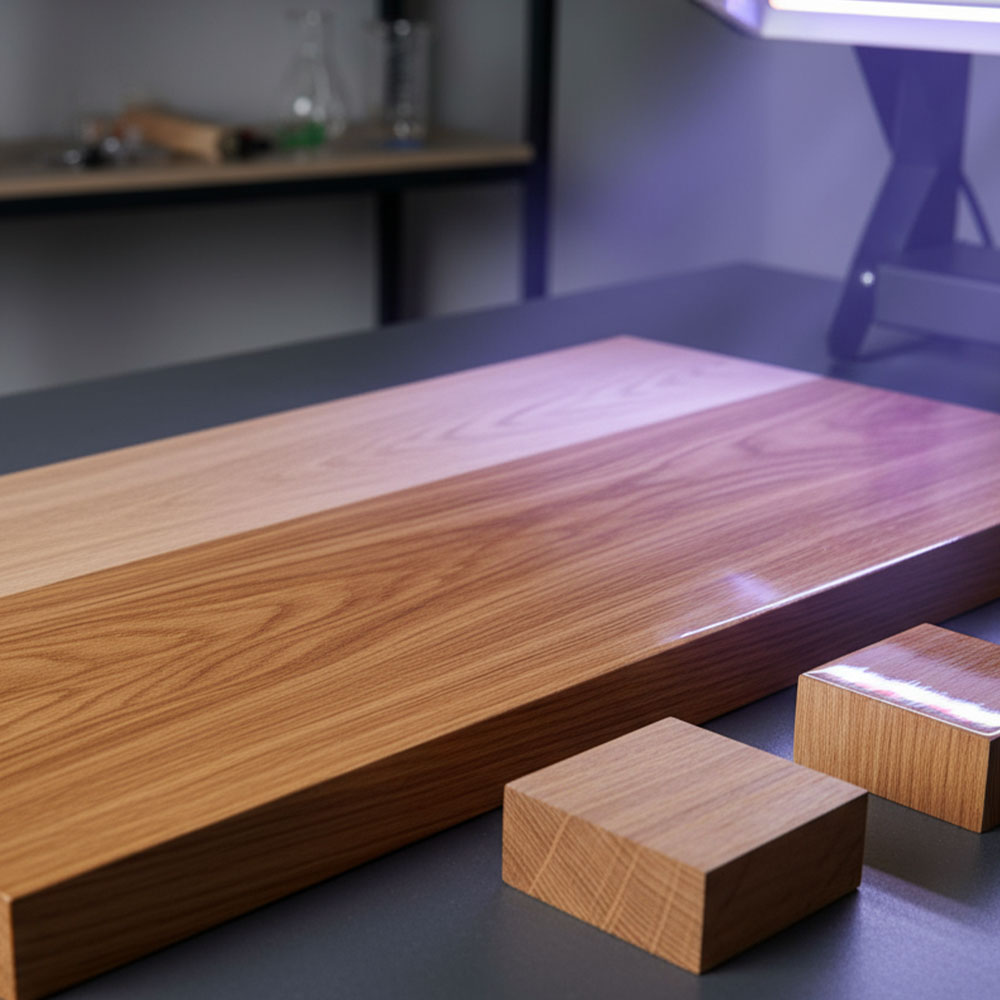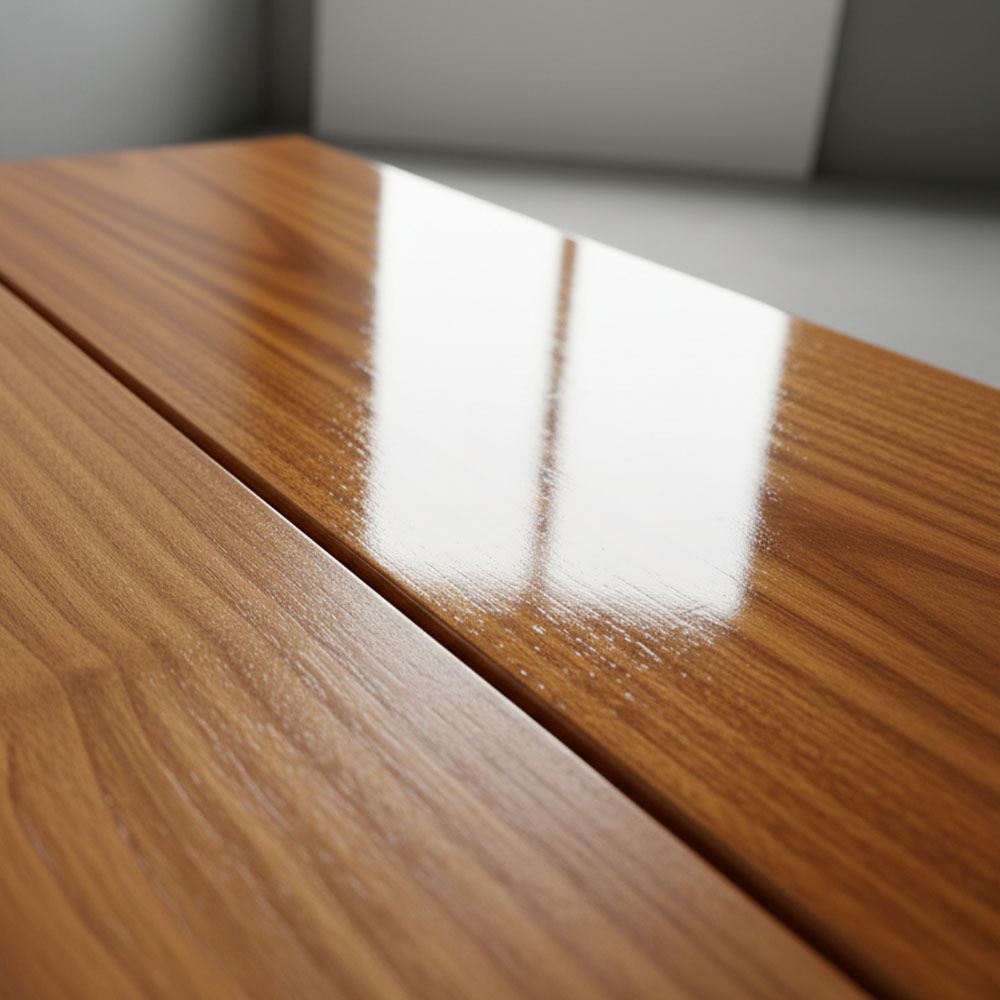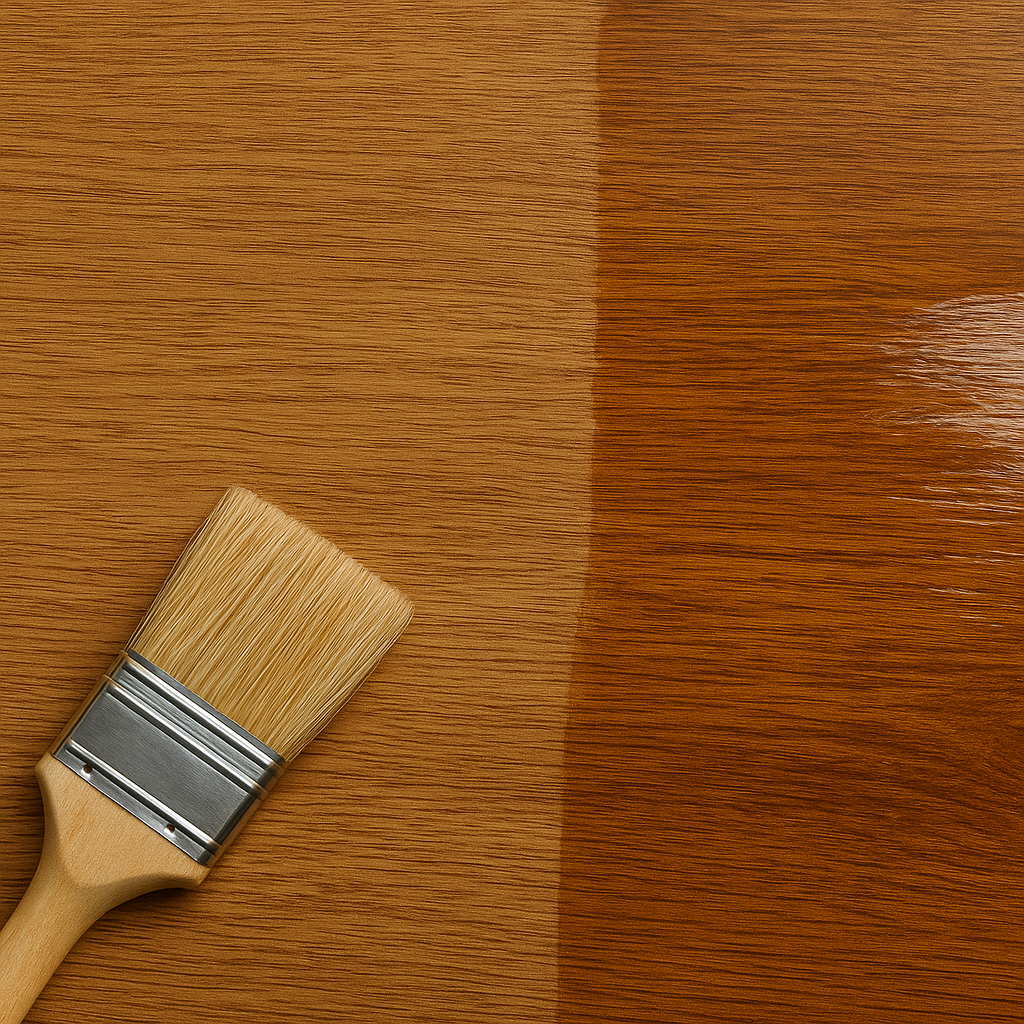Understanding Epoxy Resin Varieties
Selecting the Optimal Type for Artistic Creation
Selecting epoxy resins for artistic creation requires scientific parameter analysis. This guide details six resin types, including viscosity range (200-2000cP), curing time (15 minutes to 72 hours), hardness (D40-D85), and environmental adaptability (e.g., 40-60% faster curing in tropical climates). By comparing casting resins, tabletop coatings, art resins, UV-resistant resins, fast-cure, and slow-cure types, creators can align material properties with project requirements for optimal structural integrity, detail preservation, and durability.
Material Science Fundamentals
Epoxy systems consist of resin monomers and amine-based hardeners that undergo exothermic polymerization. Critical parameters include:
- Mix ratios: 1:1 to 3:1 by volume.
- Viscosity range: 200-2,000 CPS.
- Pot life: 15 minutes to 72 hours.
- Shore hardness: D40-D85.
Tropical climates (>30°C/85% RH) accelerate curing by 40-60% compared to temperate zones. Always conduct test pours before major projects.
Technical Specifications of Six Resin Types
1.Casting Resin
- Viscosity: 200-400 cP (low flow resistance).
- Depth capacity: ≥2.5cm per pour.
- Bubble control: 98% self-elimination for <0.3mm bubbles.
- Application: River tables/3D sculptures/jewelry encapsulation (requires ≥2.5cm depth).

2.Tabletop Coating Resin
- Self-leveling: Achieves mirror finish within 30 mins.
- Food safety: Complies with FDA 21 CFR 175.300.
- Application: Bar tops/coffee table coatings/horizontal art preservation (≤0.6cm thickness).

3.Art Resin
- Pigment dispersion: 92% uniform distribution.
- Thermal safety: No cracking risk below 1.2cm thickness.
- Application: Fluid art/specimen encapsulation/abstract textures (0.3-1.2cm thickness).

4.UV-Resistant Resin
- Light stabilization: Contains HALS (Hindered Amine Light Stabilizers).
- Weathering resistance: ΔY<1.5 after 3,000 UV hours.
- Application: Outdoor sculptures/architectural cladding/open-air installations.

5.Fast-Cure Resin
- Curing speed: Full cure in 3Hrs 25°C.
- Production efficiency: Enables 4-layer/day workflow.
- Application: Batch production/multi-layer builds/emergency repairs.

6.Slow-Cure Resin
- Working window: 72-hour open time.
- Precision: Allows 0.1mm-level detail adjustment.
- Application: Large installations/color gradients/precision bubble removal.

Resin selection should balance environmental conditions (temperature/humidity), structural parameters (thickness/layers), and workflow needs (curing speed). In tropical climates, conduct stepped temperature control tests (25-35℃ gradients) to optimize curing. By mastering material properties (e.g., viscosity effects on flow, HALS UV resistance), resins become precision tools for stable and professional artistic execution.


